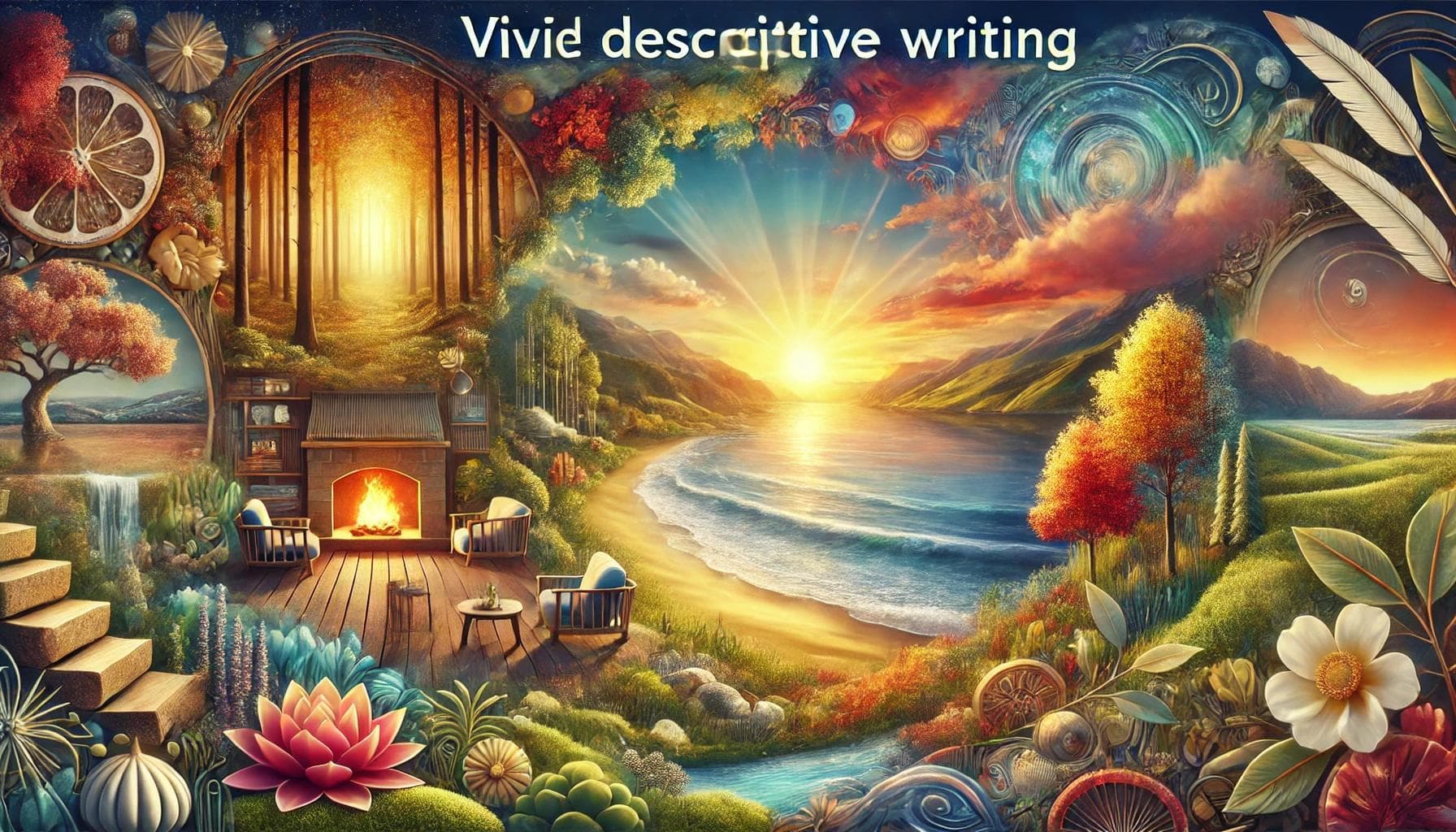Descriptive writing is an essential skill for anyone looking to create compelling, vivid, and engaging content. It enables you to paint a picture in the reader's mind, making your writing more memorable. Whether you're a student, a professional writer, or someone who wants to improve their storytelling, understanding descriptive writing can transform your content. In this guide, we explore 20 examples of descriptive paragraphs, tips for crafting them, and why they matter in various contexts.
Why Descriptive Writing Matters
Descriptive writing goes beyond just explaining what something looks like. It engages all the senses, immersing the reader in a vivid experience. Here are some reasons why it's vital:
Enhances Creative Writing
- Brings stories to life.
- Creates memorable characters and settings.
Clarifies Academic Writing
- Simplifies complex ideas with vivid details.
- Makes essays and papers more engaging.
Boosts Marketing Content
- Highlights product features vividly.
- Engages potential customers emotionally.
The Elements of a Great Descriptive Paragraph
To write a successful descriptive paragraph, include these key elements:
1. Vivid Imagery
Use colorful and specific details to paint a clear picture.
2. Sensory Details
Engage all five senses to immerse your reader.
3. Figurative Language
Incorporate metaphors, similes, and personification to add depth.
4. Specificity
Avoid vague descriptions by focusing on precise and concrete details.
20 Descriptive Paragraph Examples: Enhanced and Detailed
1. Tranquil Beach Scene
The sun sank slowly behind the horizon, casting a golden glow over the tranquil beach. Waves whispered against the shore, their rhythmic dance soothing the soul. The air carried the salty tang of the sea, mingled with the faint aroma of coconut. Seagulls cawed lazily, while the sky transformed into a brilliant canvas of pinks and oranges.
2. Bustling Market
The market thrummed with life, vendors shouting their wares amid a cacophony of sound. Stalls overflowed with colorful produce, and the air was heavy with the mingled scents of spices and sizzling street food. Shoppers weaved through the chaos, their voices adding to the lively atmosphere.
3. Autumn Forest
Leaves in hues of red, orange, and yellow blanketed the ground, crunching softly underfoot. The crisp air carried an earthy aroma, while sunlight filtered through the canopy, casting dappled shadows.
4. Cozy Fireplace
The fireplace crackled warmly, its flames casting a golden glow. The scent of burning wood mingled with cinnamon, while soft jazz played in the background, completing the cozy ambiance.
5. Rainy Day
Raindrops tapped against the window, creating a soothing rhythm. The air was cool and fresh, carrying the scent of wet earth. Puddles reflected the overcast sky, while occasional thunder rumbled in the distance.
[Add 15 more descriptive paragraph examples, ensuring variety and detail.]
FAQs About Descriptive Paragraphs
What is a descriptive paragraph?
A descriptive paragraph vividly portrays a scene, object, or idea by engaging the reader's senses and emotions.
Why is descriptive writing important?
It enhances storytelling, simplifies complex ideas in academic writing, and makes marketing content more appealing.
How can I improve my descriptive writing?
- Focus on sensory details.
- Use figurative language.
- Be specific and precise.
- Practice regularly.
What are common mistakes in descriptive writing?
- Being too vague.
- Overusing adjectives.
- Ignoring sensory details.
- Skipping the revision process.
Key Takeaways
- Descriptive writing engages readers by creating vivid images.
- Incorporate sensory details, figurative language, and specific descriptions for impactful content.
- Practice and use examples to refine your skills.
Conclusion
Descriptive writing is a skill that can elevate any type of content. By mastering it, you can captivate your audience, clarify your ideas, and leave a lasting impression. Use these 20 examples as inspiration to craft your own vivid paragraphs and unlock the power of descriptive writing.
Generate Images, Chat with AI, Create Videos.
No credit card • Cancel anytime

